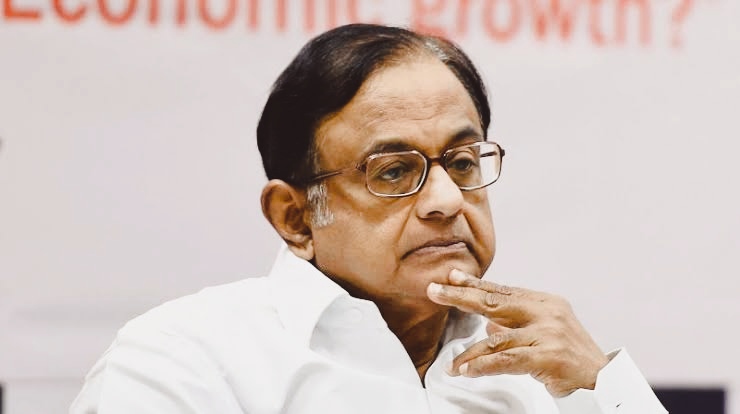Colombo: Nearly 10 per cent of Sri Lanka’s 22 million population were already staring at food security issues before the pandemic, which turned even direr when authorities shut down the economy and imposed a blanket ban on the use of chemical fertilisers, according to data released by the country’s central statistical agency on Monday.
At present, the UN estimates that nearly a quarter of the island nation’s population requires food assistance and lacks basic dietary needs and nutritious requirements.
With Sri Lanka in the throes of an impending food shortage, Prime Minister Ranil Wickremesinghe spoke to David Beasley, the Executive Director at the United Nations World Food Programme on Friday and invited him to visit the country.
Last week, the United Nations appealed for USD 47.2 million to provide life-saving assistance to crisis-hit Sri Lanka, as it noted that the shortage of medicines and surgical consumables will ease in the medium term with the support of a credit line from India and other partners.
The UN team in Sri Lanka and non-governmental organisations launched the joint Humanitarian Needs and Priorities Plan on Thursday, calling for USD 47.2 million to provide life-saving assistance to 1.7 million people worst-hit by the economic crisis in Sri Lanka over a four-month period between June and September.
Meanwhile, India has also provided a USD 55 million Line of Credit to Sri Lanka for the import of fertilisers, in a bid to help the island nation tide over its food scarcity, the Indian High Commission said on Friday.
Earlier this month, Wickremesinghe met senior officials of the FAO as well as the United Nations Development Programme and briefed them about the situation faced by the country.
The Prime Minister lamented that fertilisers and fuel shortages are the two biggest hurdles facing the country’s agricultural sector.
Addressing Parliament recently, Wickremesinghe said Sri Lanka will need USD 5 billion to ensure that the people’s daily lives are not disrupted for the next six months.
The nearly bankrupt country, with an acute foreign currency crisis that resulted in foreign debt default, announced in April that it is suspending nearly USD 7 billion foreign debt repayment due for this year out of about USD 25 billion due through 2026.
Sri Lanka’s total foreign debt stands at USD 51 billion.
The economic crisis has prompted an acute shortage of essential items like food, medicine, cooking gas and other fuel, toilet paper and even matches, with Sri Lankans for months being forced to wait in lines lasting hours outside stores to buy fuel and cooking gas.





